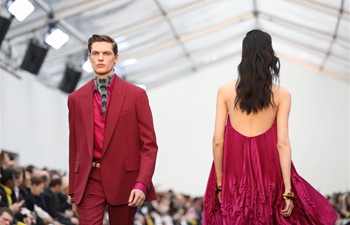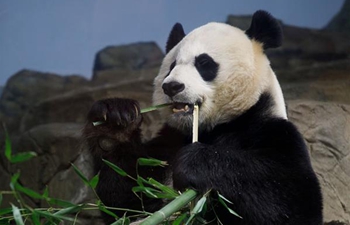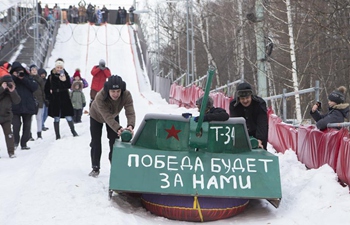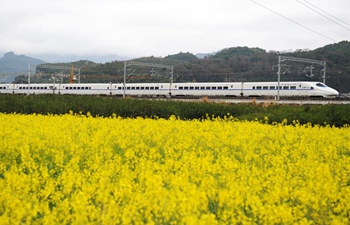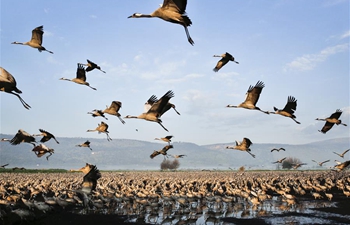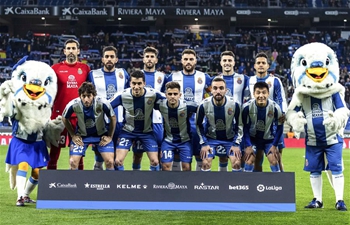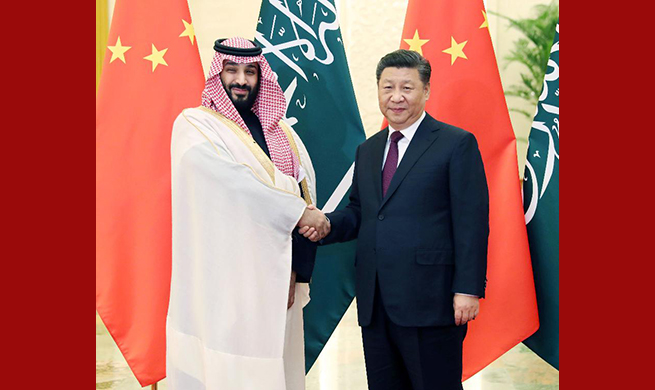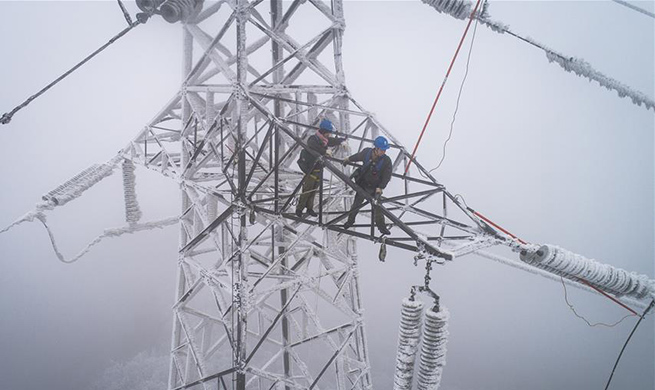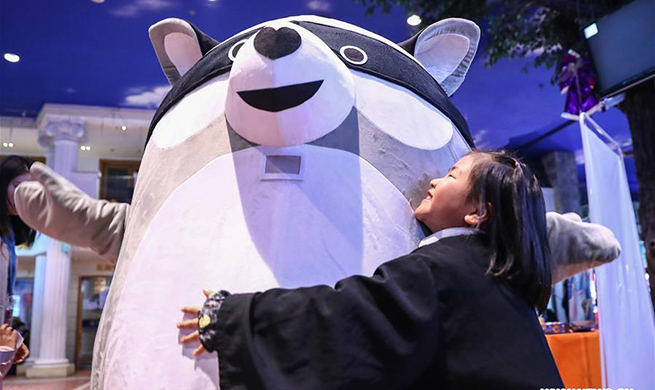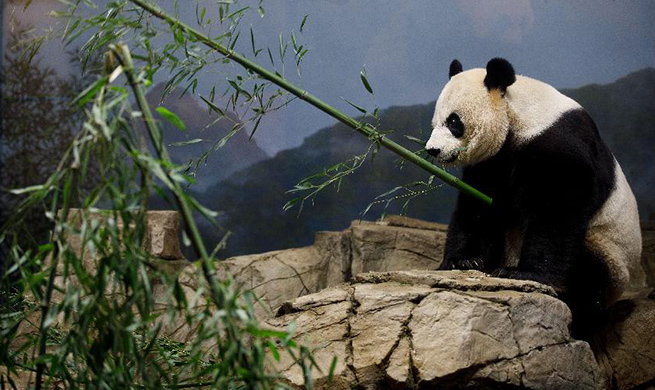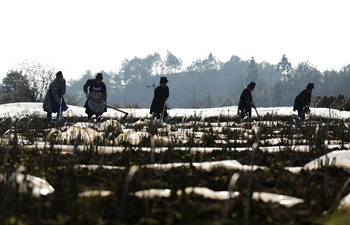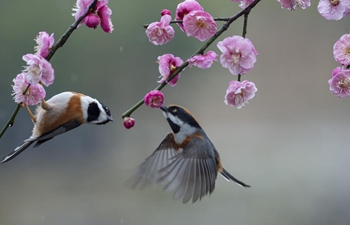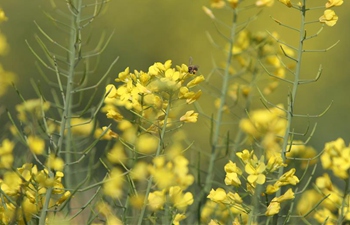HAVANA, Feb. 24 (Xinhua) -- Alberto Casimiro Fowler and Maria de los Angeles Cabrales, the heads of a wealthy family from the Cuban sugar aristocracy, could never have guessed that their home in the Miramar neighborhood would become the birthplace of Cuba's famous Cohiba cigars.
Fowler and Cabrales, who had investments in large sugar companies in the center of the island, built a beautiful mansion atop a small hill in west Havana, very close to a natural lake known as "El Laguito."
Here, they hosted social events for Cuba's upper class. In 1957, four years after Fowler's death, the house became the property of a real estate company. And in 1959, following the triumph of the revolution led by Fidel Castro, it went to the hands of the Cuban government.
Castro was an avid cigar smoker. One day, he received a cigar as a gift from one of his body guards who had obtained it from Eduardo Rivera, a friend and an experienced cigar roller who made them for his own enjoyment.
The Cuban leader, a connoisseur in the art of smoking, immediately appreciated the cigar's quality. In 1966, he decided to install a factory in the small mansion of El Laguito where the Cohiba brand was born. Castro's close associate, Celia Sanchez, suggested the name which comes from an aboriginal word meaning to smoke.
The first Cohiba cigars were guarded as if it was a state secret. They were given to welcome foreign dignitaries, among them former French President Charles de Gaulle, who received a small batch in 1965.
However, it was not until 1982 that Cohiba was introduced commercially to the rest of the world. It presented its first international collection at the Ritz Hotel in Madrid, also the stage for the presentation of its Classic Line, in 1989.
A lot has happened since then. Today the small factory, with slightly more than 200 workers, produces 2.4 million cigars for the Cohiba brand's portfolio, the most expensive and exclusive of all the handmade cigars on the Caribbean island.
The secret lies in the fact that it is the only brand of cigar where three of the four types of leaves used in its production go through an additional third fermentation process in barrels. "This additional fermentation (process) is given to the raw material, mainly in white oak barrels, and lasts between 25 and 27 days before going out to the productive flow," Pedro Luis Perez, factory director, told Xinhua.
Perez, 49, has devoted half of his life to the world of tobacco. Holding a long cigar in his hand, he explained that this fermentation reduces the ammonia levels in the leaf and makes smoking smoother in terms of flavor and aroma.
A grandson of harvesters and a specialist in soil irrigation and drainage, Perez was practically born among the tobacco plantations in San Luis, one of the three towns that make up the "Vueltabajo triangle," the land on the western end of the island considered to have produced the best tobacco in the world.
From a very young age, he became involved with the cultivation and later with the manufacturing of cigars. His extensive knowledge of the secrets of tobacco harvesting and processing earned him the position of director of the iconic El Laguito factory four years ago.
The secrets kept by Perez can only be compared to those held by the tying master, Carlos Perez, who for 12 years has been the only one in charge of shaping the leaf mixtures with which cigars are later made.
The mixtures pass to rolling rooms where experienced cigar rollers, most of them women, handle the cigars that are then tested in the smoking machines, equipment that verifies and controls the variables required for maintaining the high quality of Cohiba cigars.
The last step depends on the experience and good eyesight of a specialist who sorts out the cigars according to the color of each one, a range that moves between 65 and 75 different nuances, and then places them in the respective boxes of each brand.
As a respected and encouraged tradition, several generations of the same family work in the factory. The upper floors houses a school where the rollers' grandchildren, children and siblings learn the trade for nine months so as to later become the new professionals in the industry.
The teacher in "the little school," as it is called, is Nelsa Leonard, 71, who has worked in the factory for 51 years and now shares her knowledge with the young people.
Like all those working there, she is proud of having devoted a good part of her life to the El Laguito factory, the cradle of the famous Cohiba cigars.




